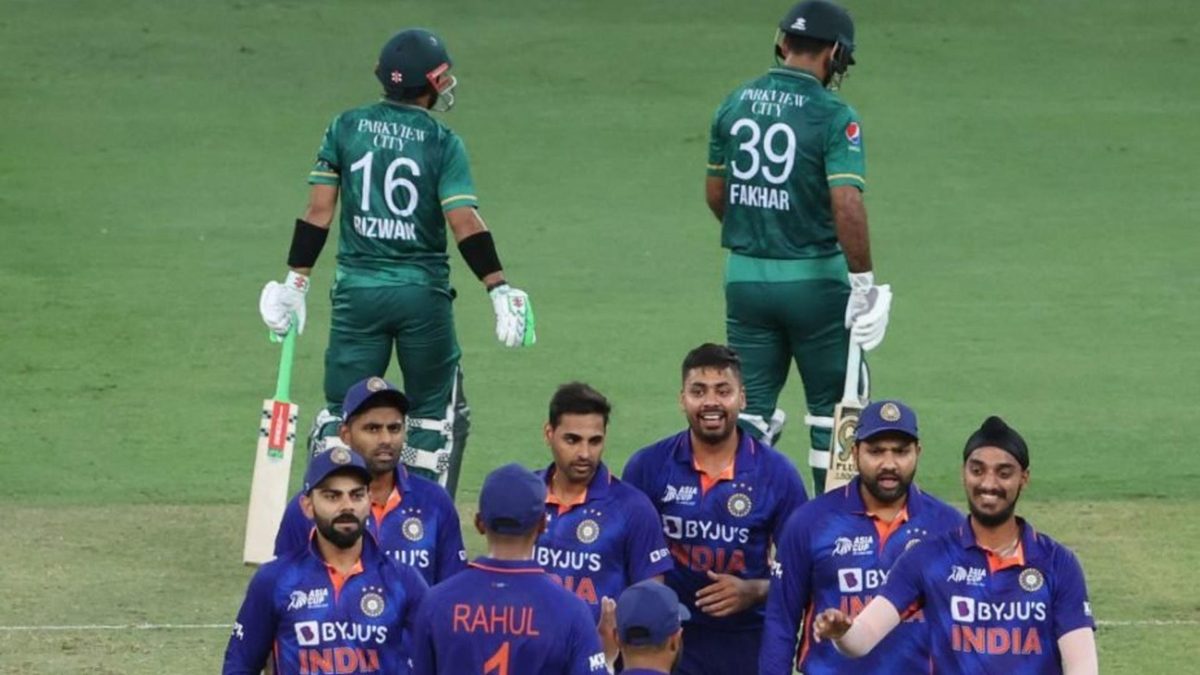
The 2022 Asia Cup was a success, and set a template international cricket can do well to follow in its battle against franchise cricket, writes Abhishek Mukherjee.
Apart from the T20I editions in 2016 and 2022, the Asia Cup has been played in the ODI format 13 times – once more than the ICC World Cup. Outside the ICC tournaments, it is easily the largest international cricket tournament in the world, and features five of the 12 ICC Full Members. Yet, it is a near-miracle that it takes place at all.
India and Pakistan have been at war many a time in the last 75 years, one of which was during the Bangladesh Liberation War of 1971. India intervened when Sri Lanka underwent turbulent times in the 1990s. Pakistan and Afghanistan are not at ease with each other. Despite the curious political equation of the Indian subcontinent, despite the fact that it has been almost a decade since India and Pakistan played a bilateral series, there have been only two instances of a team opting out of the Asia Cup – India in 1986 and Pakistan in 1990/91.
While not inclusive enough – only six teams play in the main phase – the Asia Cup has continued to produce some of the most intense cricket contests. In this edition, Sri Lanka won five matches on the trot to lift the trophy after being blown away in their tournament opener, while every other team lost at least twice.
The Asia Cup regularly throws up surprises. Across the two formats, Sri Lanka hold a 12-5 lead over Pakistan at the Asia Cup and 11-10 over India, while India lead Pakistan 9-6 here. This is in stark contrast with their records outside the tournament (Pakistan 121-73 against Sri Lanka, 82-62 against India, and India 122-61 against Sri Lanka). Three of Bangladesh’s seven appearances at multi-nation tournament finals have been at the Asia Cup, but Afghanistan hold a 3-1 lead over them in this tournament. Unusual things do happen here.
But the 2022 edition has been special in more ways than one. The sport has reached an unprecedented crossroads. Private leagues had threatened cricket before, with absurd purses, but this time there are many of them at the same time, most of them launched by the cricket boards themselves. There is enough money in franchise-based leagues to make professional cricketers retire from one or more formats of international cricket.
International cricket is struggling, with key cricketers not merely quitting but also sitting out. Calendars are being squeezed to accommodate leagues. Test cricket tries to stay relevant through the World Test Championship, but the two limited-overs formats meander from one forgettable bilateral series to another, struggling to find relevance outside of ICC events.
Limited-overs cricket peaked during the 1980s and 1990s. That was when triangular World Series cricket in Australia – yet another Kerry Packer brainchild – established itself in the cricket calendar. The three subcontinent teams played one another very often in floodlit ODIs. Sharjah became the hub of ODI tournaments, hosting two, often more competitions a year. The ICC Champions Trophy was launched.
There used to be at least two salient features common to each of these tournaments. First, there were multi-nation tournaments. The inherent charm of one’s favourite team coming up against a new opposition every day is not present in a bilateral series, where the last matches often become a drone if a team takes an unassailable lead. And secondly, they almost always featured a final (in some cases, best-of-three finals). While the league is the fairest format, fans love a well-marketed, hyped-up final as the culmination of a long tournament.
Since 1984, which did not have a final, every edition of the Asia Cup has featured both these characteristics, and has seen one resounding success after another. Its popularity had reached an ebb around 2010, when some matches did not get desired following, but the rise of Bangladesh (they reached the final three times in the next four editions) changed that. In a way, it is a throwback to the glory days of limited-overs internationals.
It is a template international cricket can do well to follow. While six-team competitions are not feasible, three are – and triangular tournaments may be a way international cricket can claw back in this seemingly lost battle against franchise-run cricket. After all, the most relevant parameter in this contest is revenue, which is often directly proportional to viewership.
The usual problem triangular tournaments faced – empty stands at matches not involving the home teams – is unlikely to be a relevant hindrance, as viewership is almost always dictated by television and live streaming.
Of course, given the current itineraries, it may not be easy to get three teams in the same place at the same time – but minor tweaks can address that as well. For example, South Africa and India both toured England this summer for bilateral limited-overs series (along with Test matches). These could have been combined into a triangular tournament. There are four tri-series scheduled in the 2023-27 Future Tours Programme, a tentative start that should lead to many more.
The lure of three (or more) teams battling it out for two places in a grand final may attract viewers more than an endless stream of blink-and-miss three-match bilateral contests.








